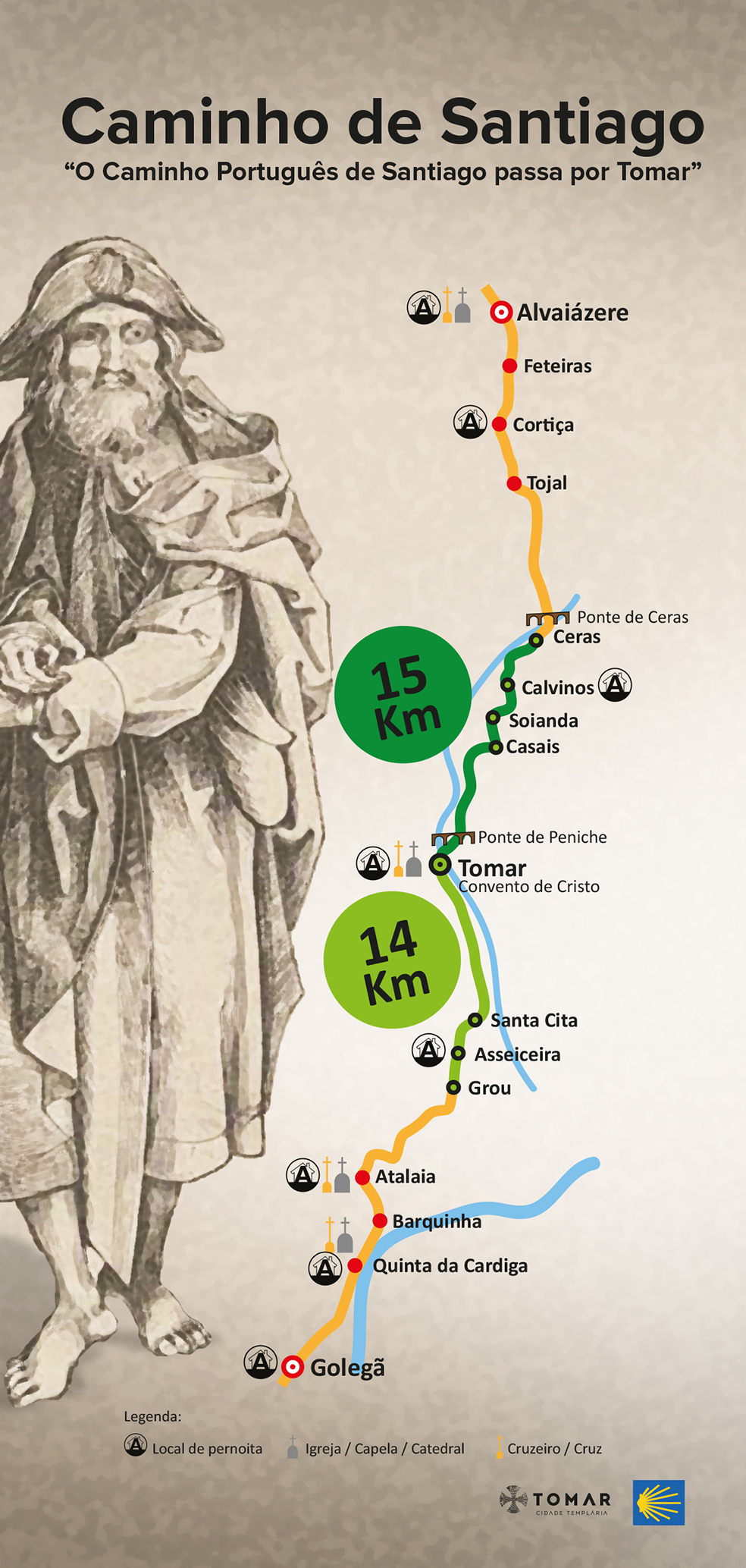Dear Camino friends,
you might know that unfortunately the Associação de Amigos dos Caminhos de Fátima, who were taking care of the Caminho Portuguese for over 13 years, stopped their work due to official "tourism projects" who kept changing the path.
My question now: Does anybody has a contact/ knows who or which official organization/ office will be in charge for the Camino Portuguese (Central)?
Any kind of contact/hints etc would be very helpful and much appreciated!
Thanks a lot in advance! Obrigada!
Bom Caminho
äly
you might know that unfortunately the Associação de Amigos dos Caminhos de Fátima, who were taking care of the Caminho Portuguese for over 13 years, stopped their work due to official "tourism projects" who kept changing the path.
My question now: Does anybody has a contact/ knows who or which official organization/ office will be in charge for the Camino Portuguese (Central)?
Any kind of contact/hints etc would be very helpful and much appreciated!
Thanks a lot in advance! Obrigada!
Bom Caminho
äly















